Manitoba
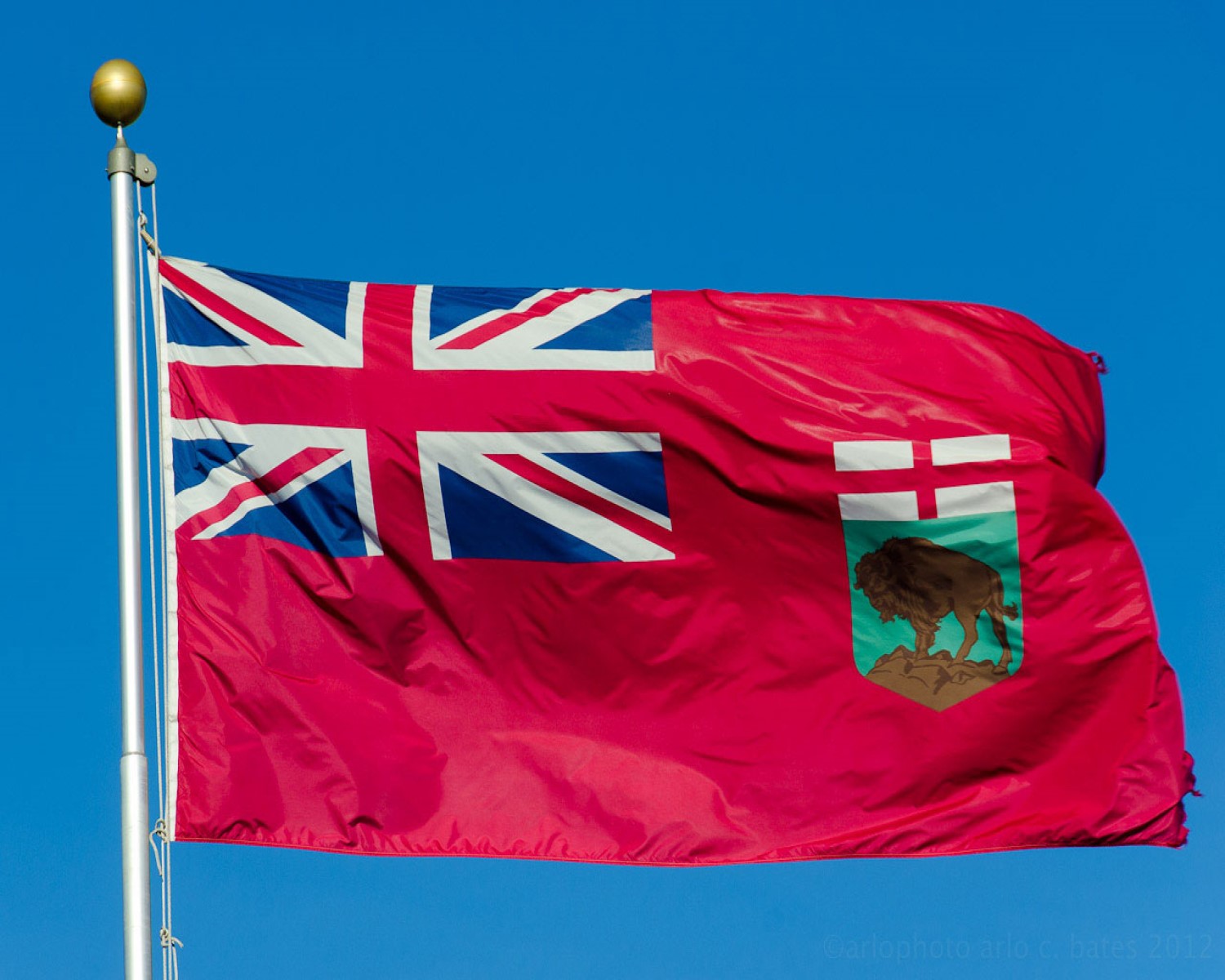
Manitoba is a province at the longitudinal centre of Canada. It is often considered one of the three Prairie provinces (with Alberta and Saskatchewan) and is Canada's fifth-most populous province with its estimated 1.3 million people. Manitoba covers 649,950 square kilometres (250,900 sq. mi) with a widely varied landscape, stretching from the northern oceanic coastline to the southern border with the United States.
Click the map for view Manitoba's location.

Geography
Manitoba is bordered by the provinces of Ontario to the east and Saskatchewan to the west, the territories of Nunavut to the north, and the US state of North Dakota and Minnesota to the south. Manitoba adjoins Hudson Bay to the northeast and is the only prairie province to have a saltwater coastline. The Port of Churchill is Canada's only Arctic deep-water port. Lake is the tenth-largest freshwater lake in the world. Hudson Bay is the world's second-largest bay by area. Manitoba is at the heart of the giant Hudson Bay watershed, once known as Rupert’s Land. It was a vital area of the Hudson Bay’s company, with many rivers and lakes that provided excellent opportunities for the lucrative fur trade.

Climate
Manitoba has an extreme continental climate. Temperatures and precipitation generally decrease from south to north and increase from east to west. Manitoba is far from the moderating influences of mountain ranges or large bodies of water. Because of the generally flat landscape, it is exposed to cold Artic high-pressure air masses from the northwest during January and February. According to Environment Canada, Manitoba ranked first for clearest skies year-round, and ranked second for clearest skies in the summer and for the sunniest province in the winter and spring.
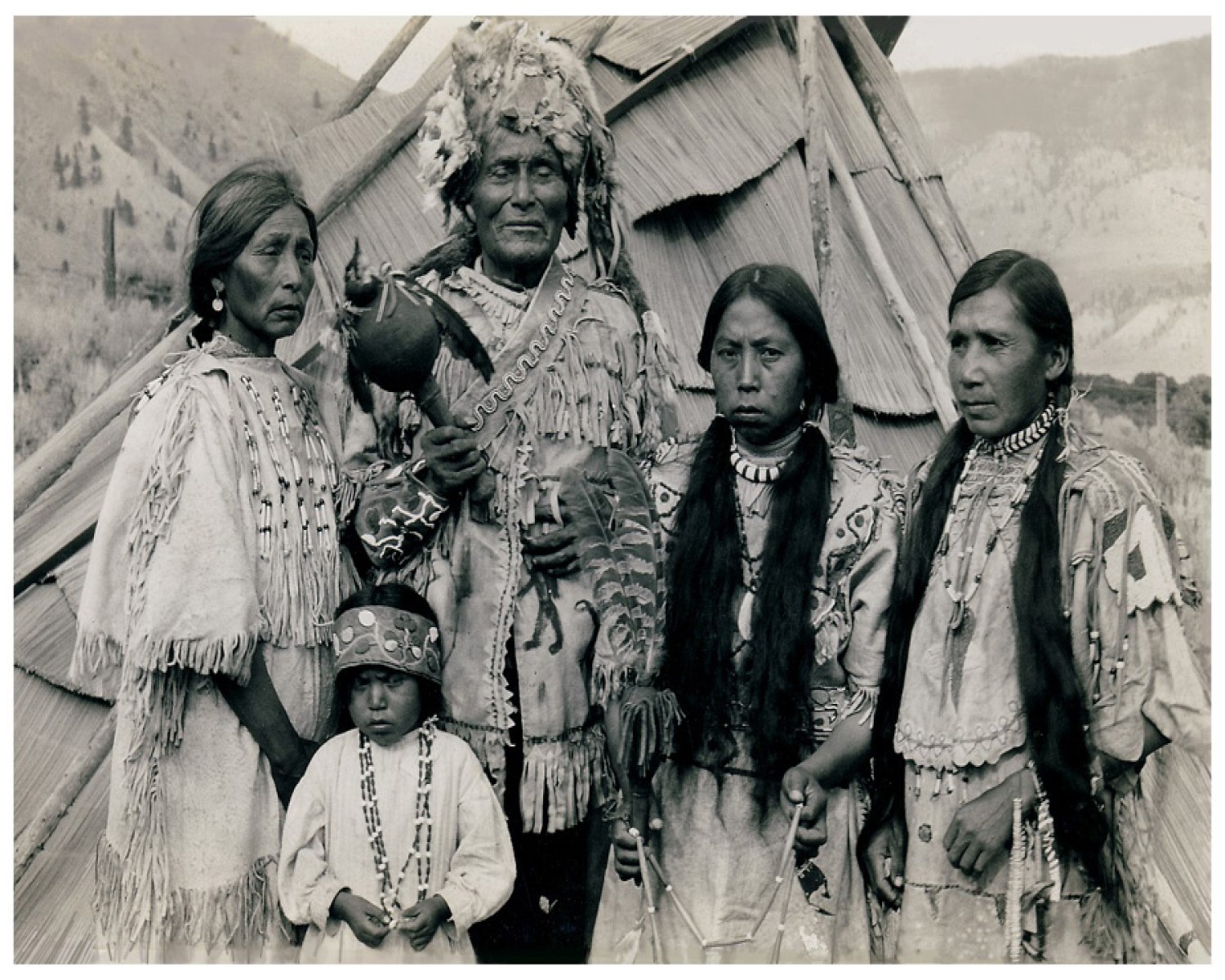
History
Modern-day Manitoba was inhabited by the First Nations people shortly after the last ice age glaciers retreated in the southwest about 10,000 years ago; the first exposed land was the Turtle Mountain area. The first farming in Manitoba was along the Red River, where corn and other seed crops were planted before contact with Europeans. In 1611, Henry Hudson was one of the first Europeans to sail into what is now known as Hudson Bay, where he was abandoned by his crew. The first European to reach present-day central and southern Manitoba was Sir Thomas Button, who travelled upstream along the Nelson River to Lake Winnipeg in 1612 in an unsuccessful attempt to find and rescue Hudson. When the British ship Nonesuch sailed into Hudson Bay in 1668–1669, she became the first trading vessel to reach the area.

Economy
Manitoba has a moderately strong economy based largely on natural resources. Its Gross Domestic Product (GDP) was C$50.834 billion in 2008. The province's economy grew 2.4 percent in 2008, the third consecutive year of growth; in 2009, it neither increased nor decreased. In October 2009, Manitoba's unemployment rate was 5.8 percent. Manitoba's economy relies heavily on agriculture, tourism, energy, oil, mining, and forestry. Manitoba's largest employers are government and government-funded institutions, including crown corporations and services like hospitals and universities. Manitoba also has large manufacturing and tourism sectors.
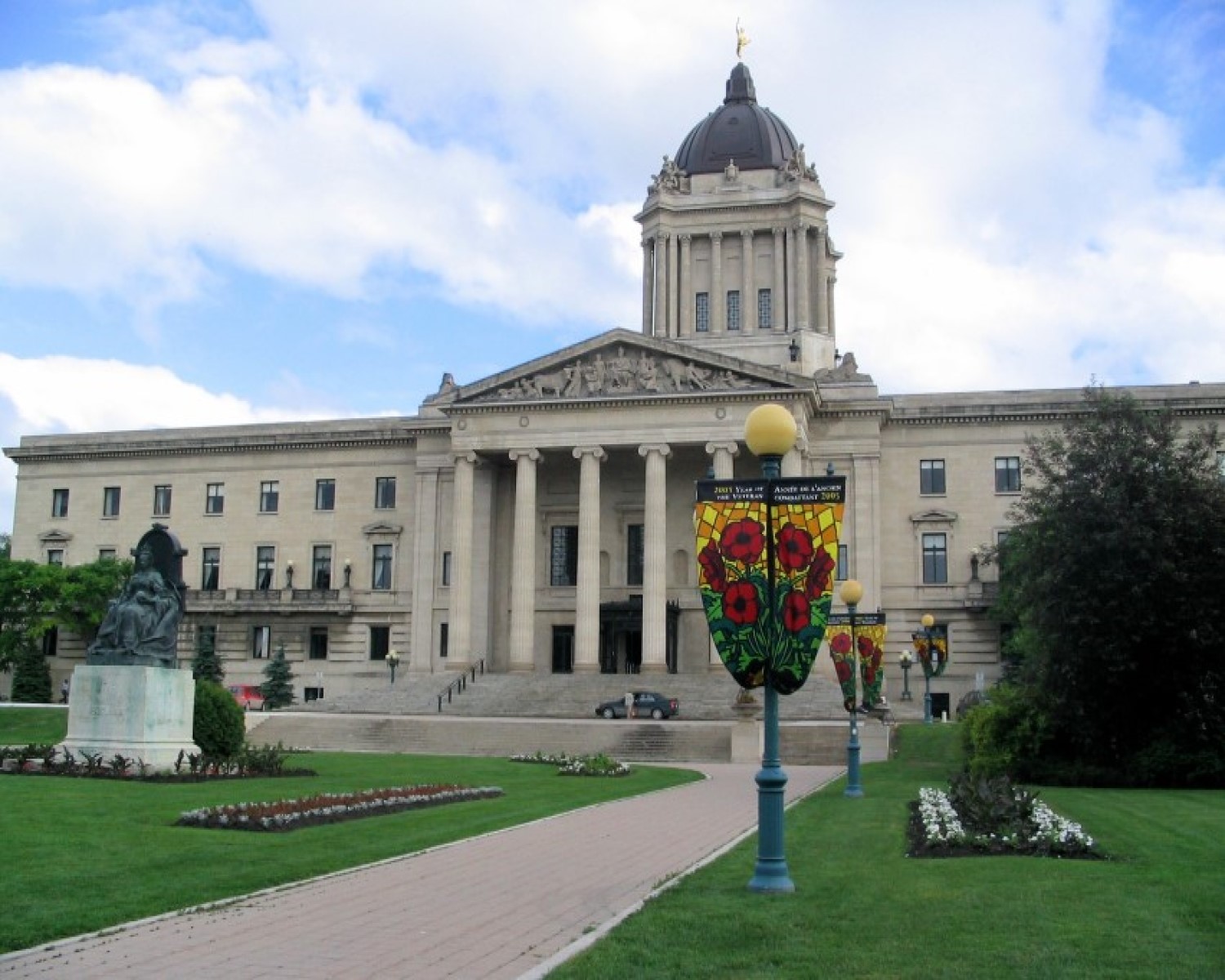
Government and Politics
Manitoba is governed by a unicameral legislative assembly. The executive brand is formed by the governing party; the party leader is the premier of Manitoba, the head of the executive branch. The head of state, Queen Elizabeth II, is represented by the Lieutenant Governor of Manitoba, who is appointed by the governor general in Canada on advice of the Prime minister. The Legislative Assembly consists of the 57 Members elected to represent the people of Manitoba. The Premier of Manitoba is Brian Pallister of the PC Party.
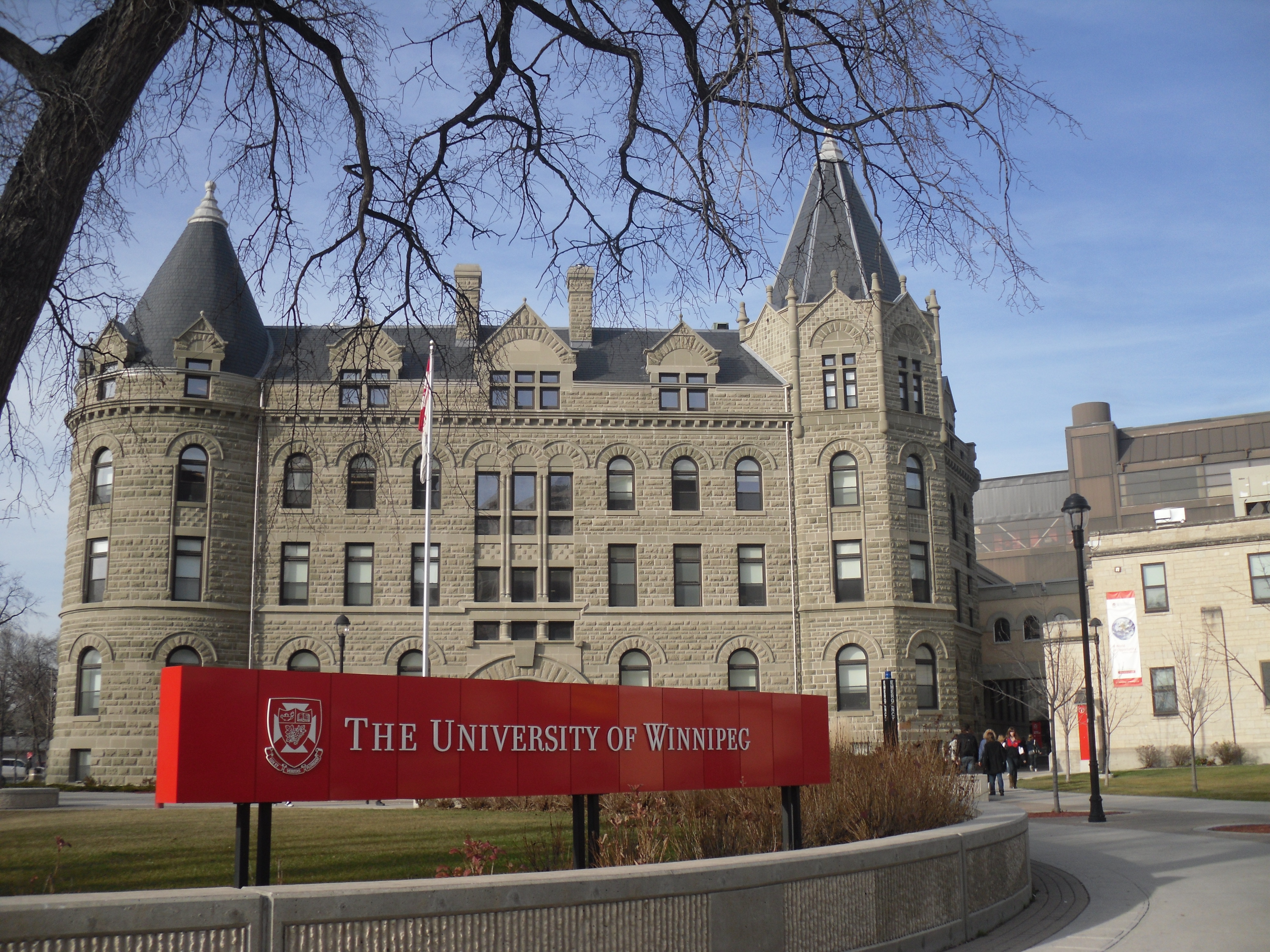
Education
Public schools in Manitoba fall under the regulation of one of thirty-seven Schools Divisions within the provincial education system. Public schools follow a provincially mandated curriculum in either French or English. There are 65 funded independent schools in Manitoba, including three boarding schools. There are 44 non-funded independent schools. There are five universities in Manitoba. Four of these universities are in Winnipeg: the university of Manitoba, the largest and most comprehensive; the University of Winnipeg, a liberal arts school primarily focused on undergrad studies located downtown; The Universite de saint-Boniface the province's only French-language university.
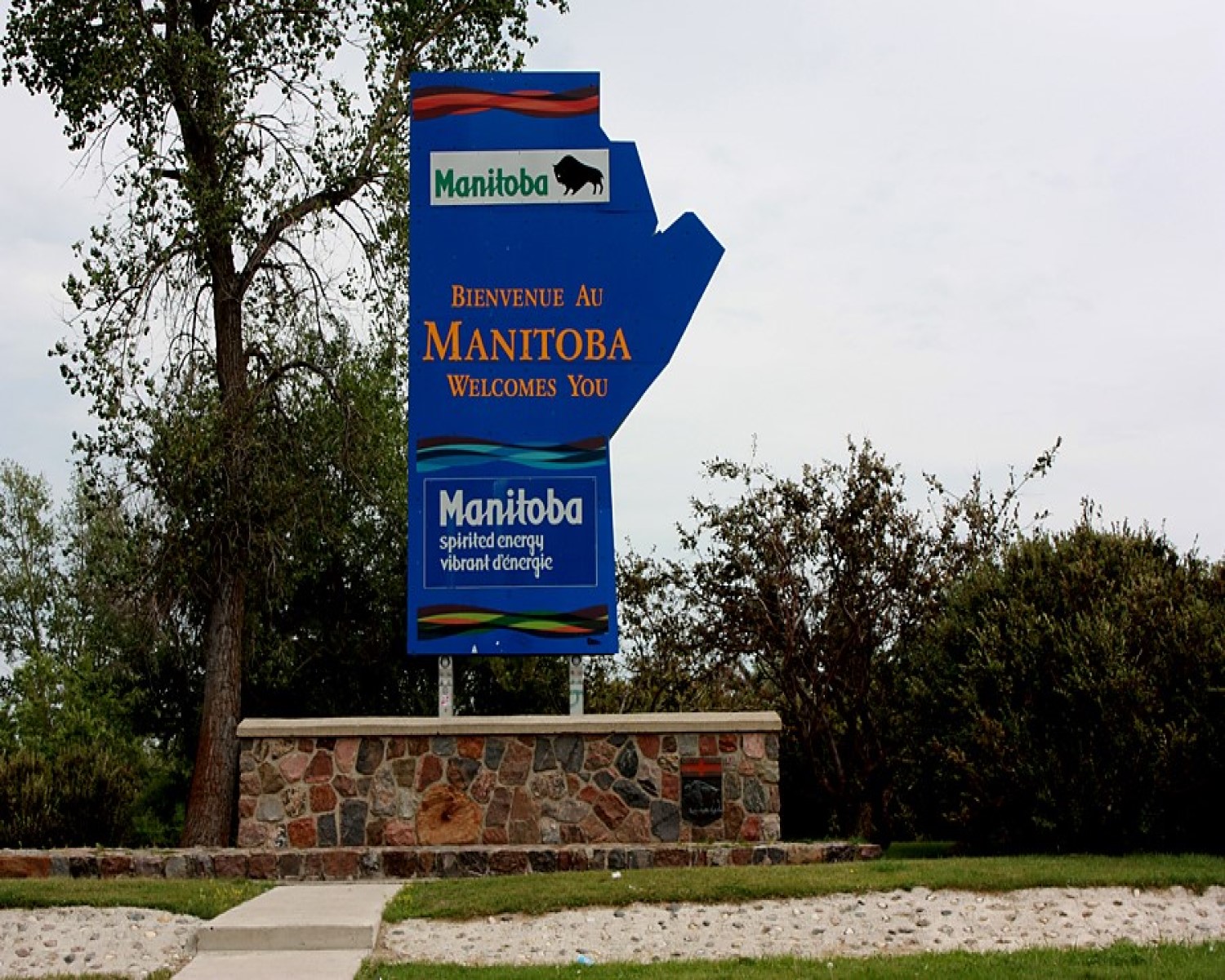
The MPNP is Manitoba’s Provincial Nominee Program. Through this program, prospective immigrants with skills and experience targeted by the province may receive a Manitoba Provincial Nomination Certificate.
The following are streams that are currently active and/or ones that are being restructured as part of the MPNP renewal process:
- Skilled Worker Immigration Stream - including those in Manitoba and Overseas
- Manitoba Business Investor Stream
- Morden Community Driven Immigration Initiative - through the MPNP
- International Education Stream

